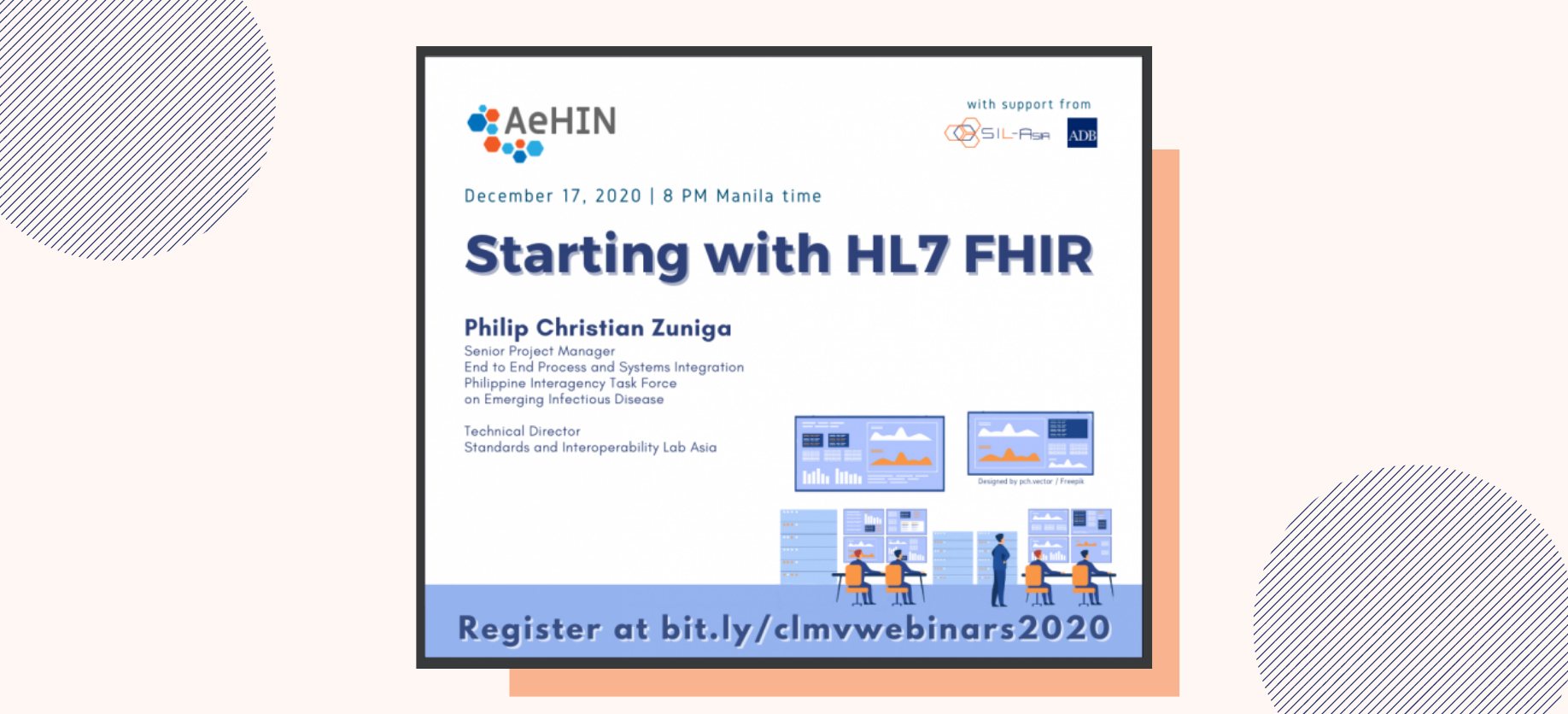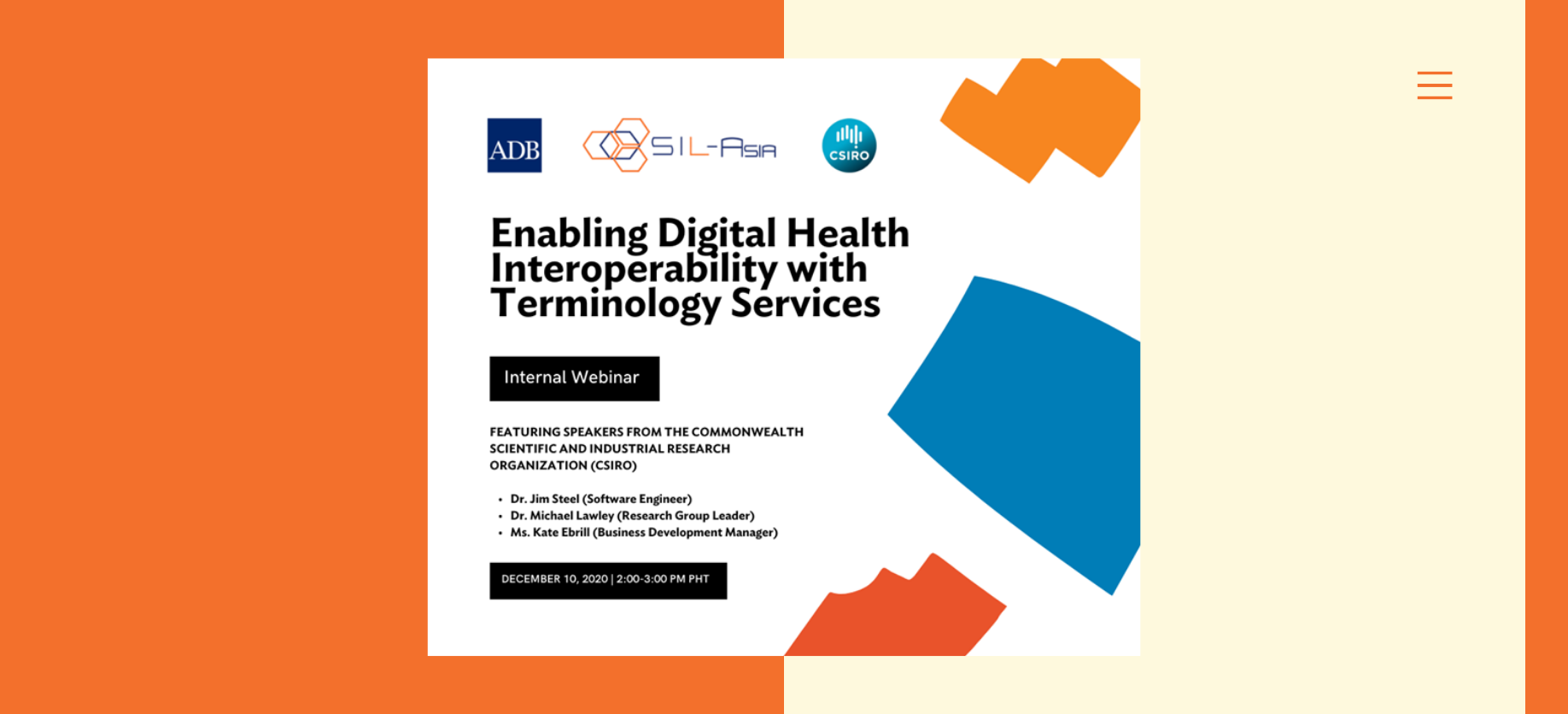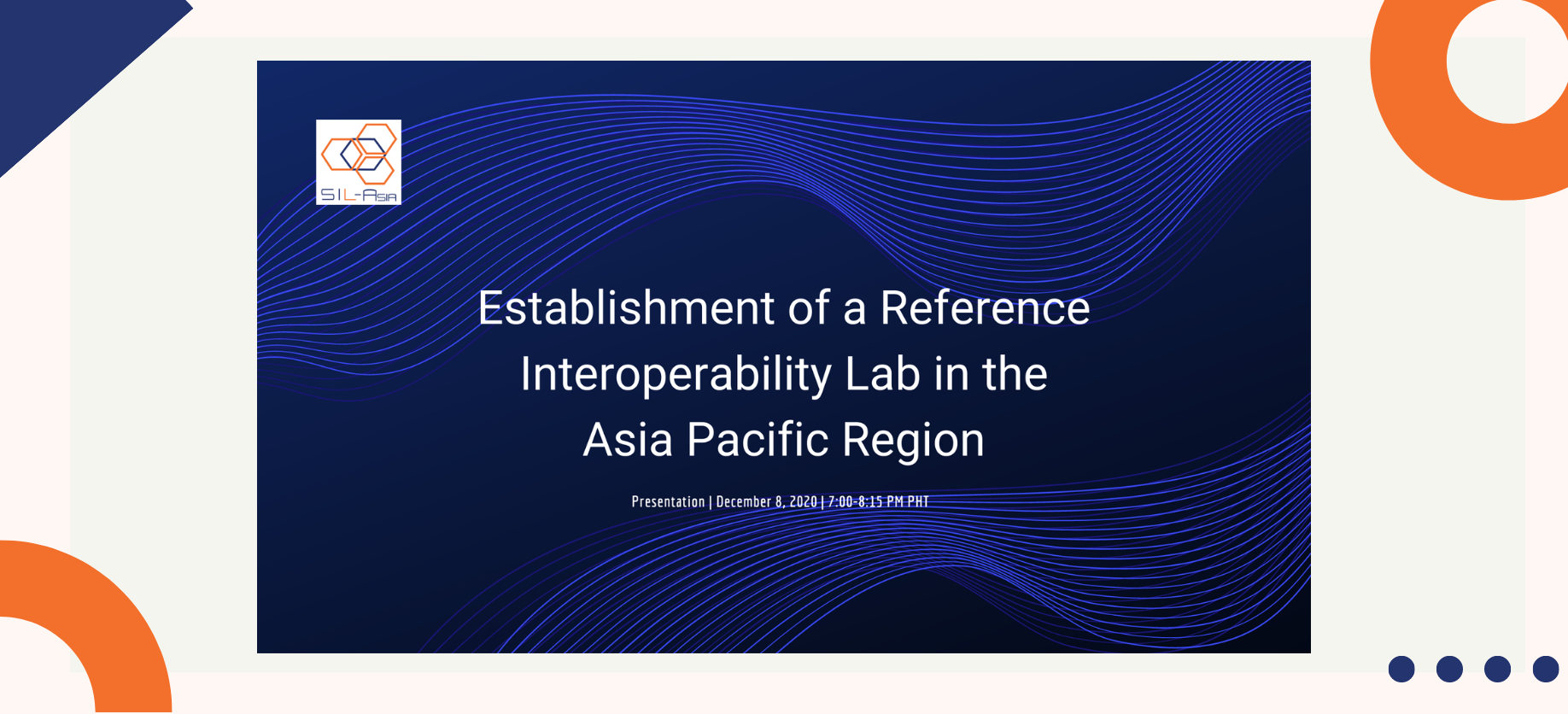MANDALUYONG, Philippines – The Standards and Interoperability Lab – Asia (SIL-Asia) held the first technical meeting between District Health Information System 2 (DHIS2) and Health Level Seven-Fast Healthcare Interoperability Resources (HL7-FHIR) on 4-6 September 2018 at the Asian Development Bank (ADB) Headquarters. SIL-Asia intended to organize the meeting in the week of ADB’s Digital Development Forum 2018. The meeting convened experts from DHIS2 and HL7-FHIR to brainstorm innovative approaches and to develop a draft architecture for integration.
The integration is crucial in this App economy; it aims to enable standardized, automated, and real-time data sharing of patient and program level information. The DHIS2-(HL7) FHIR integration can streamline the current systems development process for health information exchange, saving significant time and funding. It aims to provide access to source data, and duplicate data entry. Thus, users can easily optimize data for analysis and visualization at the sub-national and national levels. This can also be applied to cross-border collaborations.
DHIS2 as a Health Information Systems Platform
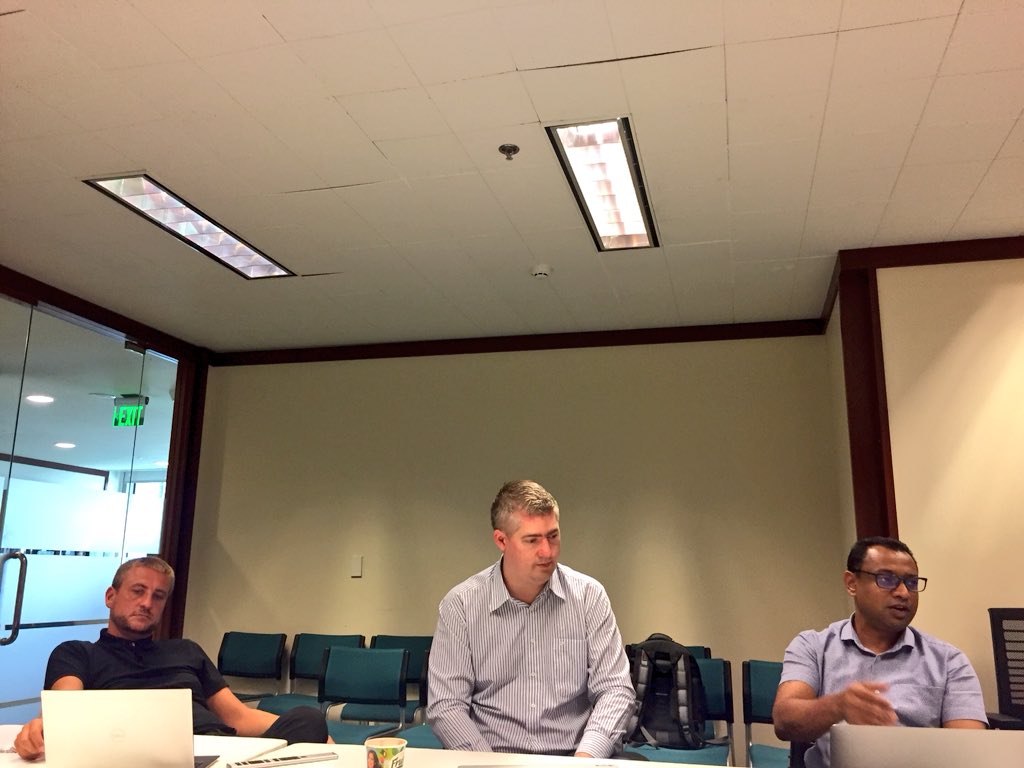
Volker Schmidt, Morten Hansen, and John Lewis discuss the overview and architecture of the DHIS2 platform
DHIS2 is a free and open health information systems (HIS) platform in use in over 60 countries. The Health Information Systems Programmes (HISPs) and University of Oslo (UiO), with support from the Norwegian Agency for Development Cooperation (NORAD), Global Fund, and other international partners developed and maintained the platform. To improve patient data management, monitoring, and reporting, countries are starting to invest in HIS, such as DHIS2. Specifically, these countries use DHIS2 to address multiple needs including reporting at the local facility and district levels. Countries also use it for national data warehouses, case-based health programs, and reporting for Sustainable Development Goals (SDGs).
HL7-FHIR: Simplifying Health Data Exchange

James Agnew discusses the concept behind FHIR
Health standards such as HL7-FHIR will help countries standardize health information exchange and integration. To promote continuity of care, health information systems shall use standards to facilitate HIE from the facility level to DHIS2. This will allow tracking of individuals enrolled in various health programs through its tracker module. Furthermore, this will enable automation of facility to national level health reporting, which will lead to timely and high-quality datasets. With these datasets, ministries of health can tailor-fit policies and strategies through evidence-based monitoring and evaluation of health programs.
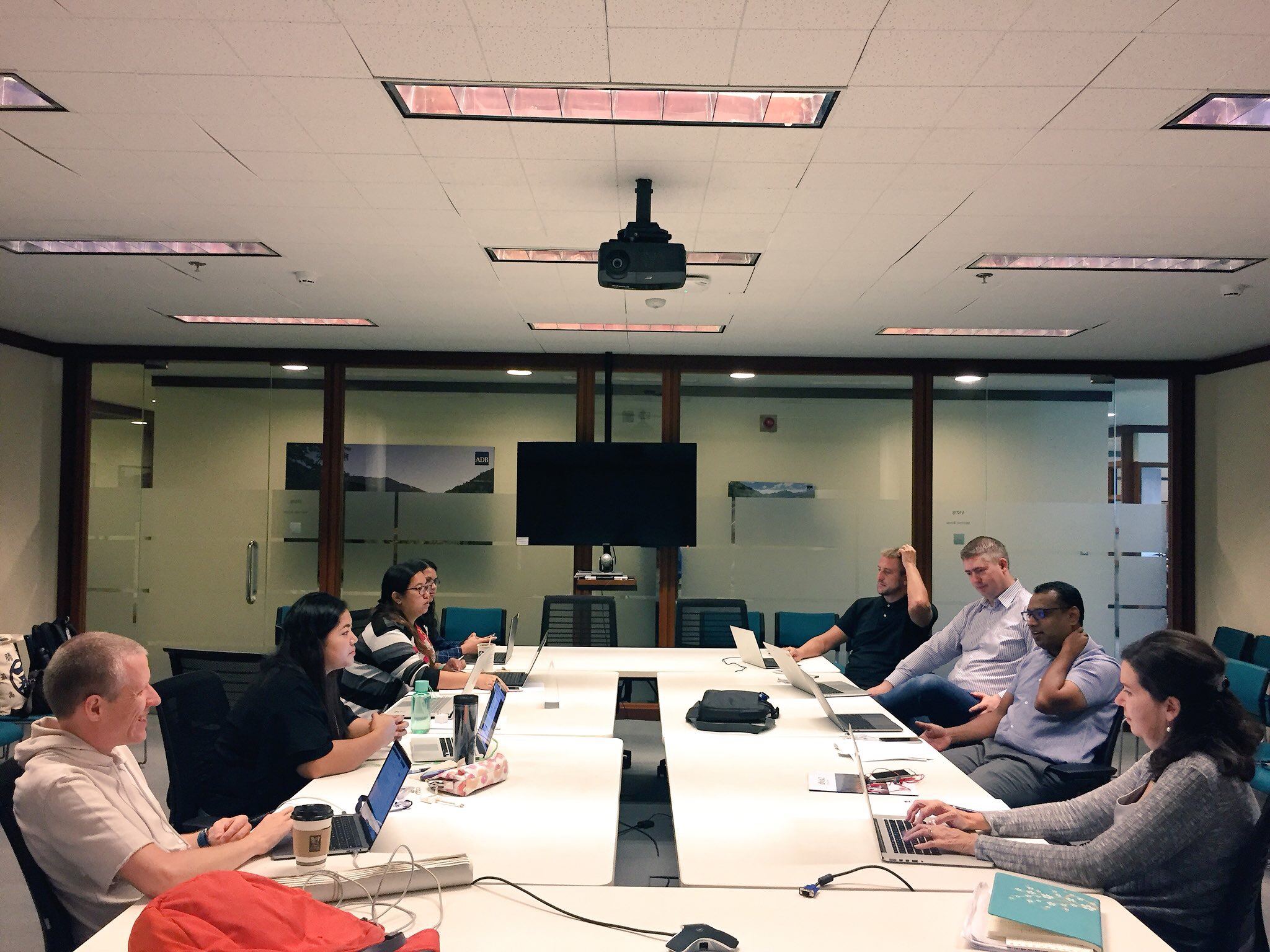
Participants of the DHIS2-FHIR meeting shared their expectations for the integration
In the workshop, core developers of DHIS2 (John Lewis, Morten Hansen, and Volker Schmidt), and HL7-FHIR (James Agnew) collaborated to create a draft mapping architecture for the integration solution. This lead to the planning of a pilot implementation in the region. SIL-Asia is set to present the DHIS2-(HL7) FHIR integration use case as part of the interoperability showcase at the 6th AeHIN General Meeting in Colombo, Sri Lanka next month.
The Standards and Interoperability Lab – Asia is a regional health interoperability laboratory powered by the Asia eHealth Information Network (AeHIN) and supported by the Asian Development Bank (ADB) with sponsorship from The People’s Republic of China Poverty Reduction and Regional Cooperation Fund (PRC Fund).
The concept for the Standards and Interoperability Lab – Asia was first conceived at the Regional Interoperability Workshop organized by AeHIN in Manila last August 2015 at the sidelines of the Global Health Research Forum. The regional lab was designed to serve as a template of labs in each country that will later form into the Community of Interoperability Labs (COIL).






